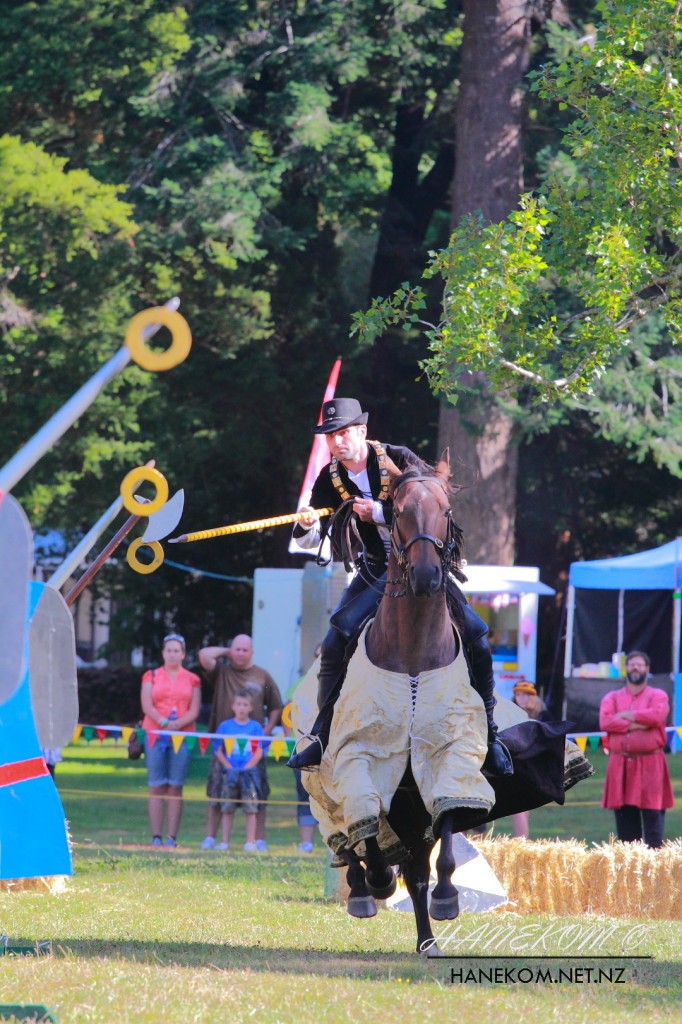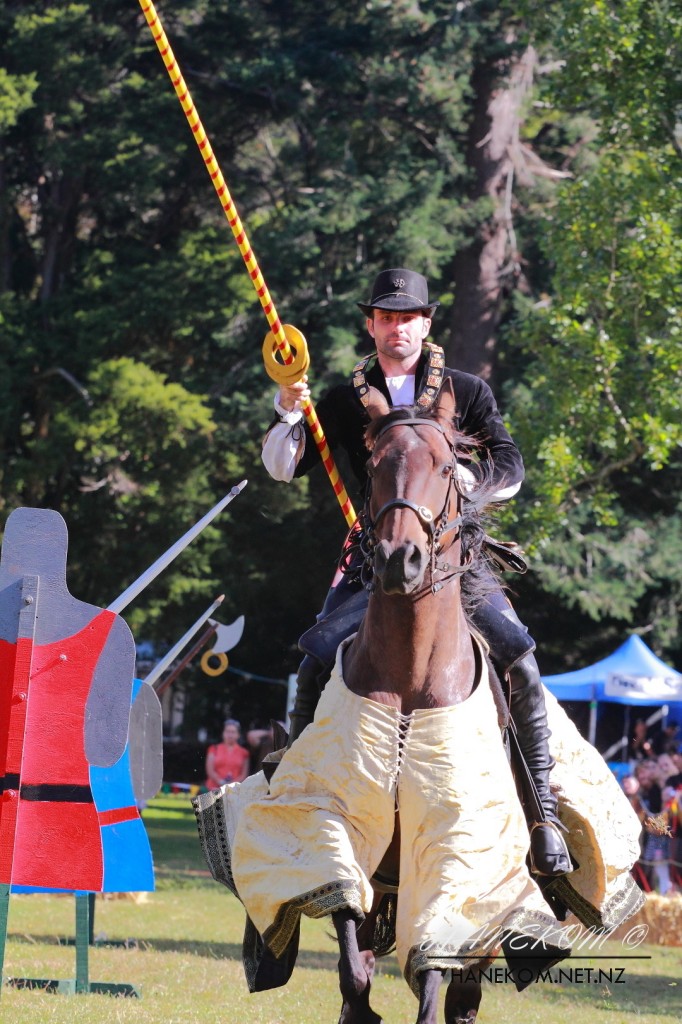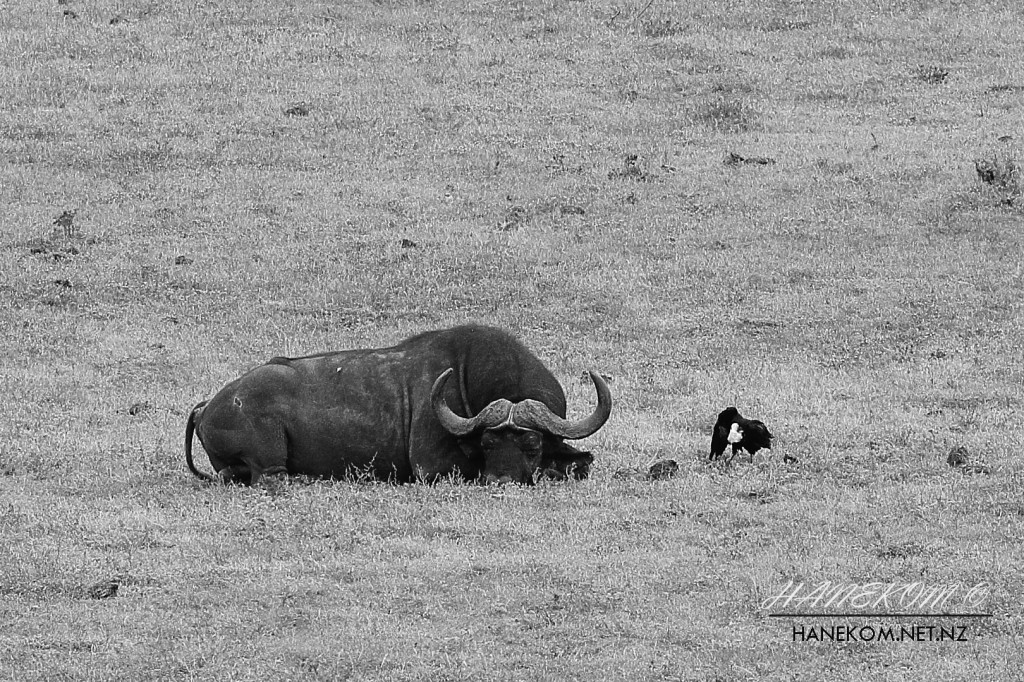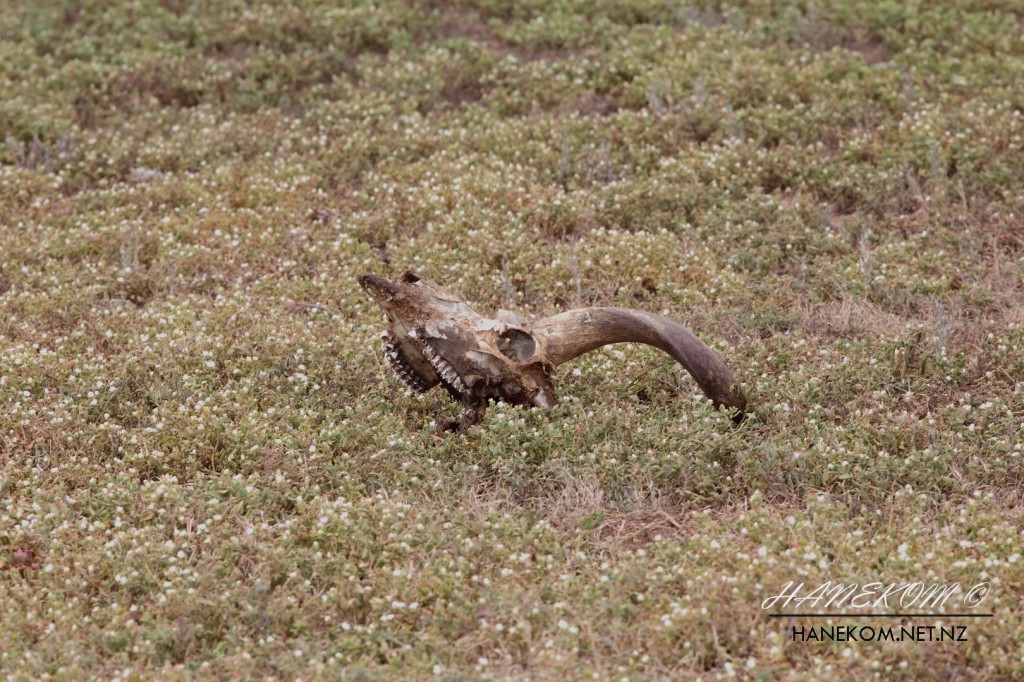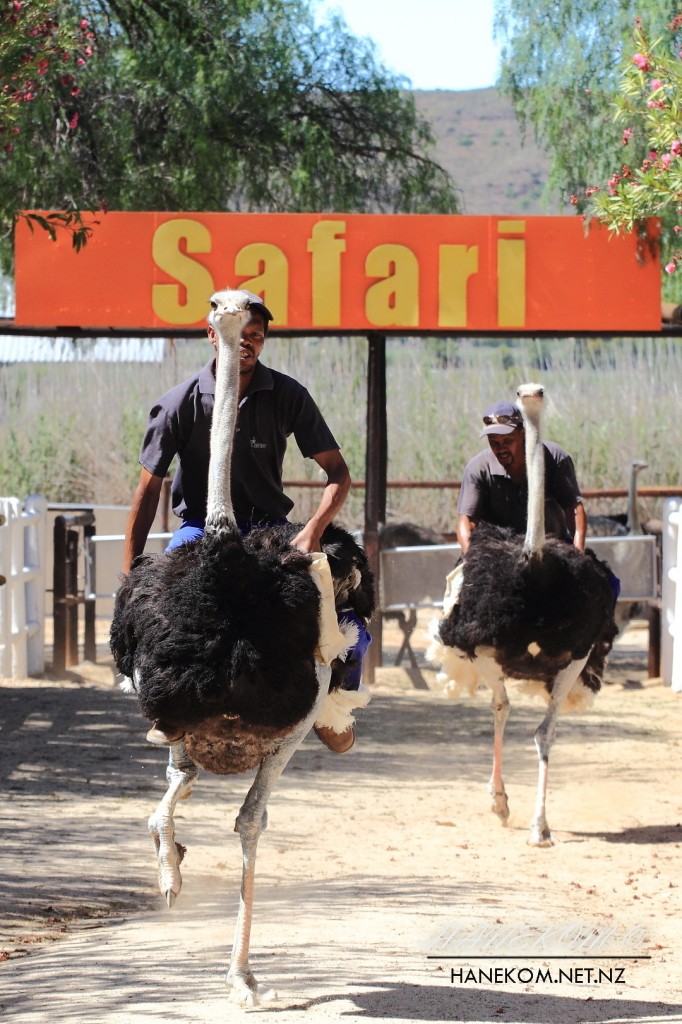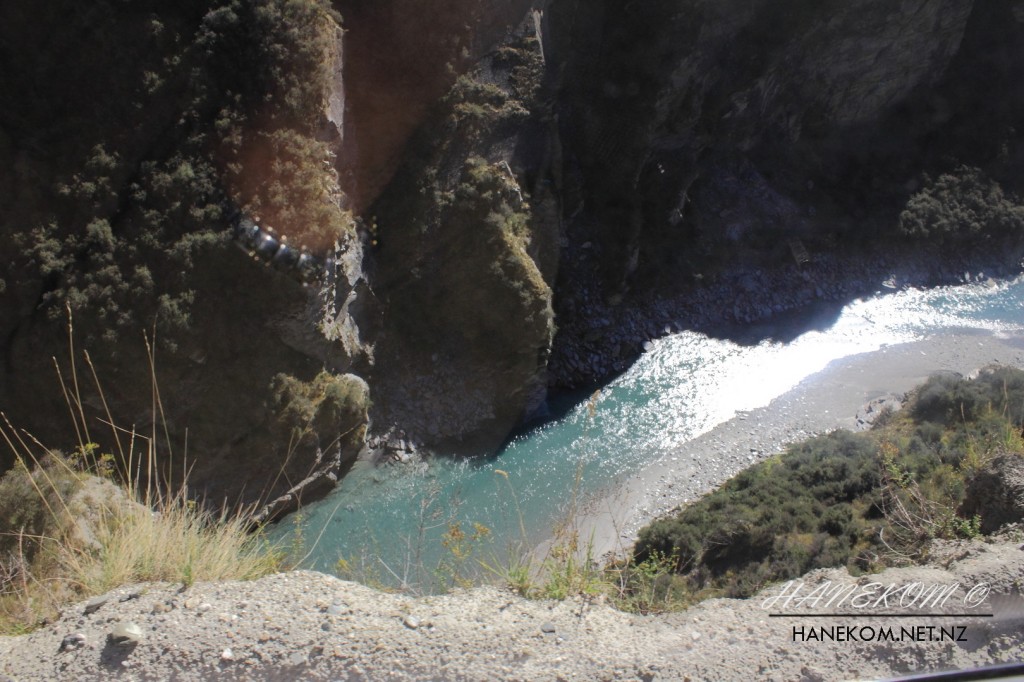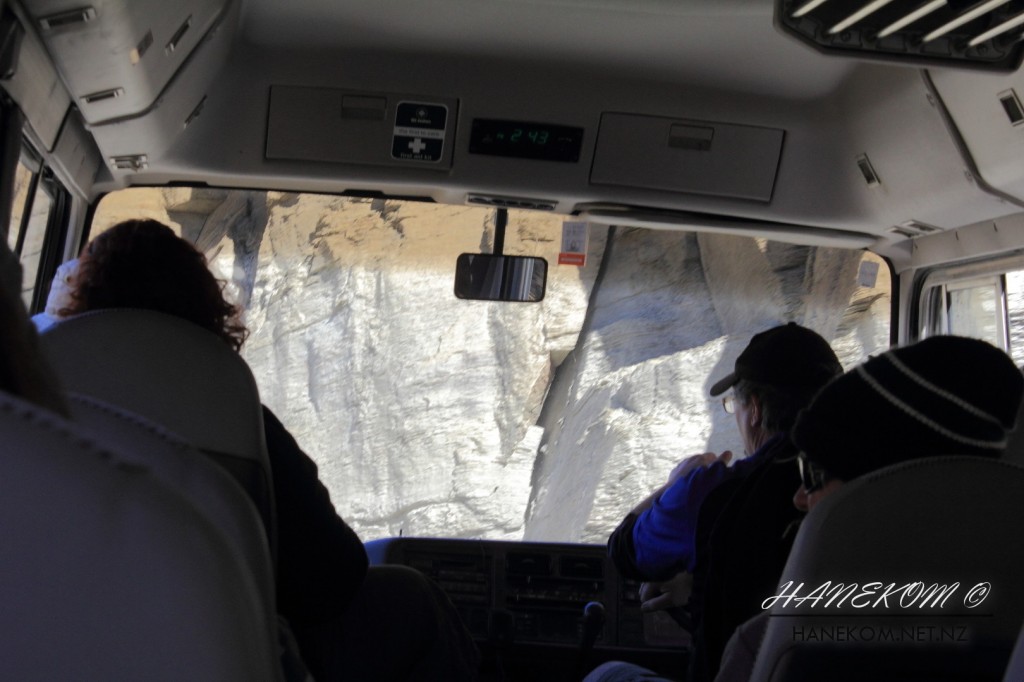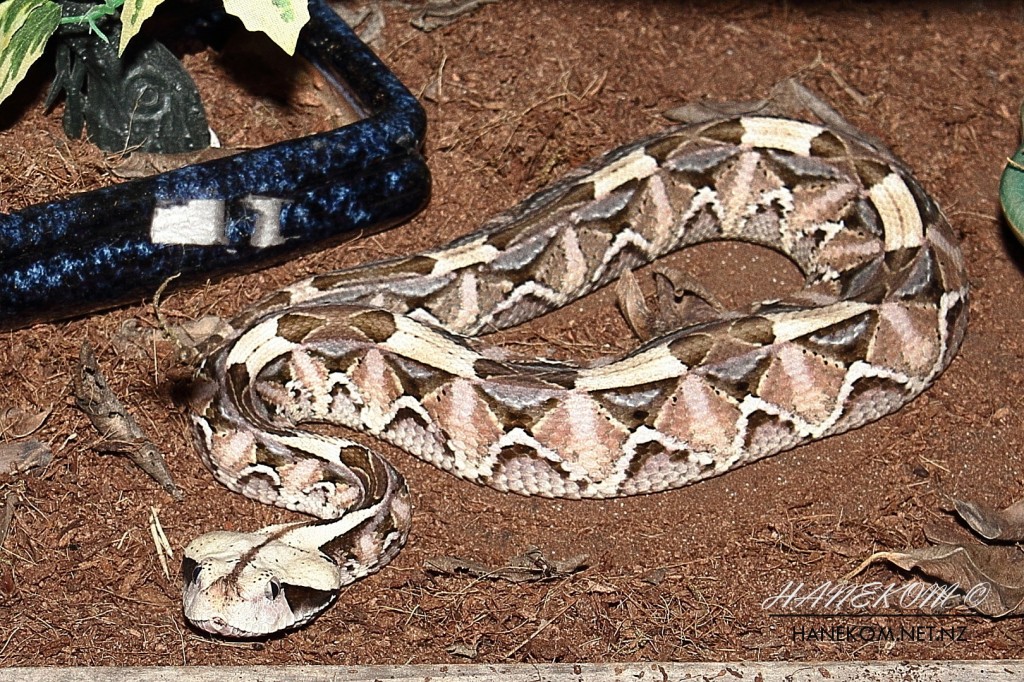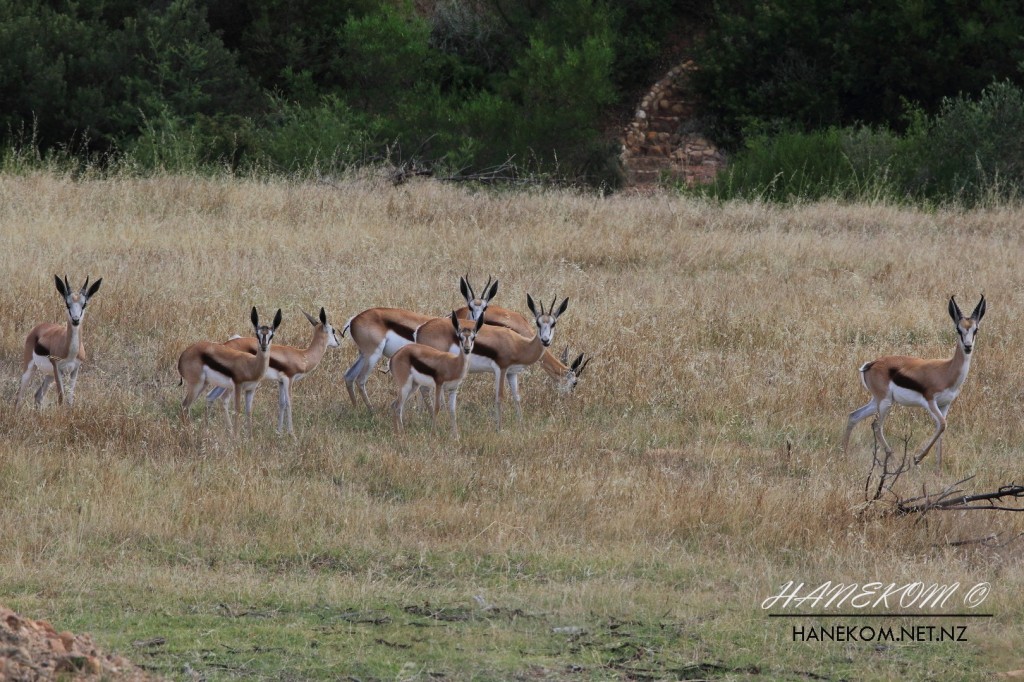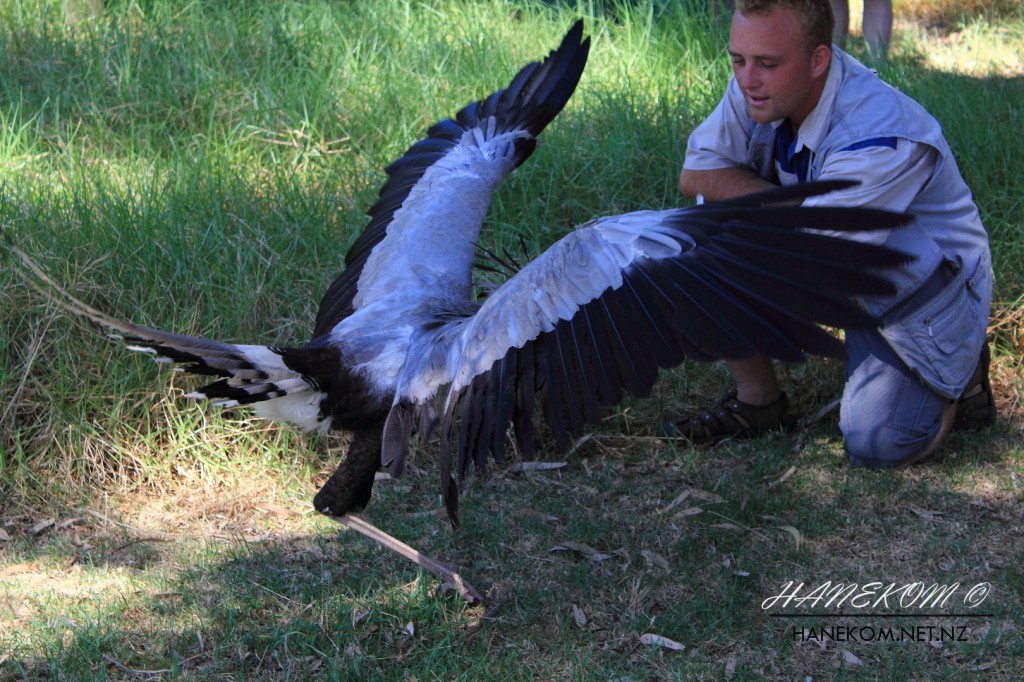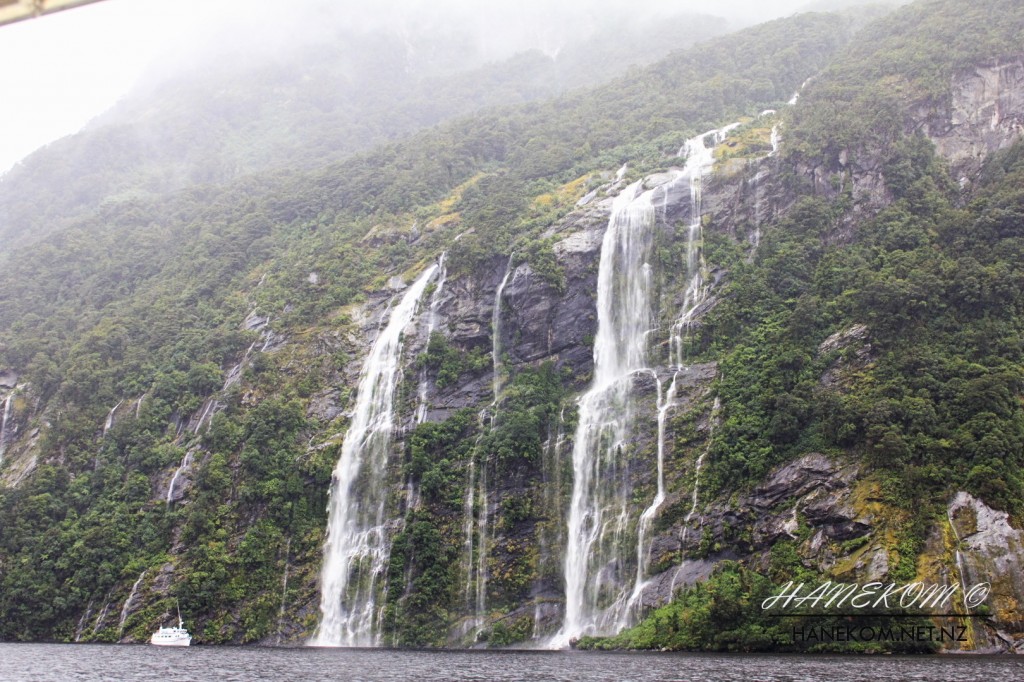What inspired the unusual common name, Secretarybird, (Afrikaans: Sekretarisvoël) for this bird?
Perhaps we will never know for certain.
It is regularly told in South Africa that the common name of the Secretarybird is due to the dark quill like feathers, resembling a quill pen behind the ear (apparently common practice for an 18th century secretary).
A more recent theory is that “secretary” is a French corruption of the Arabic saqr-et-tair or “hunter-bird”. Inspiration or after the fact fit?
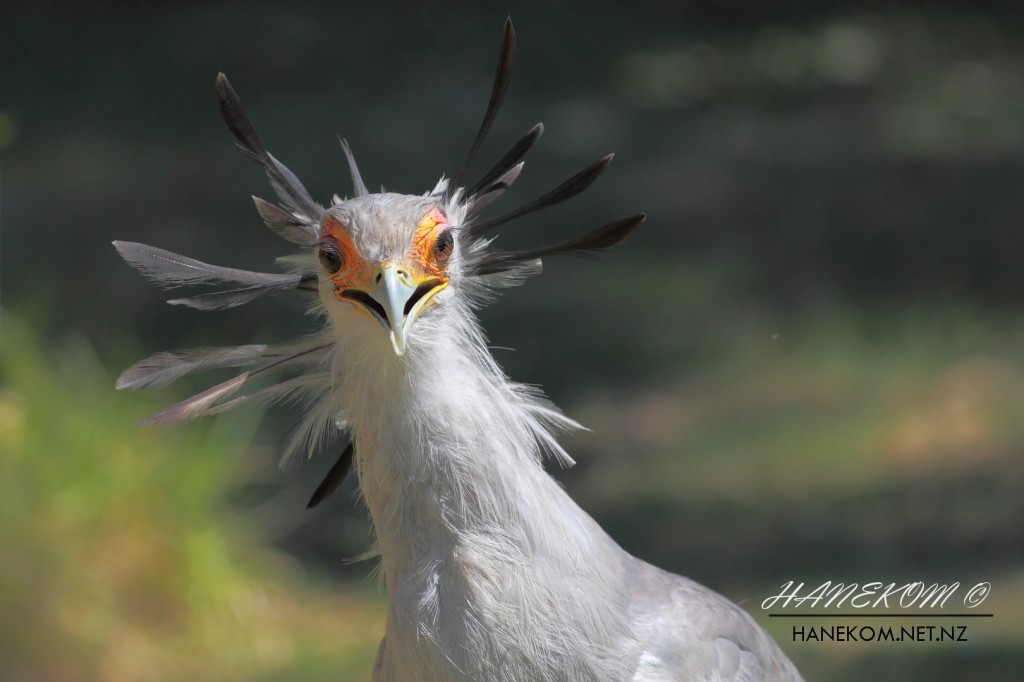
(#11 of 100)
